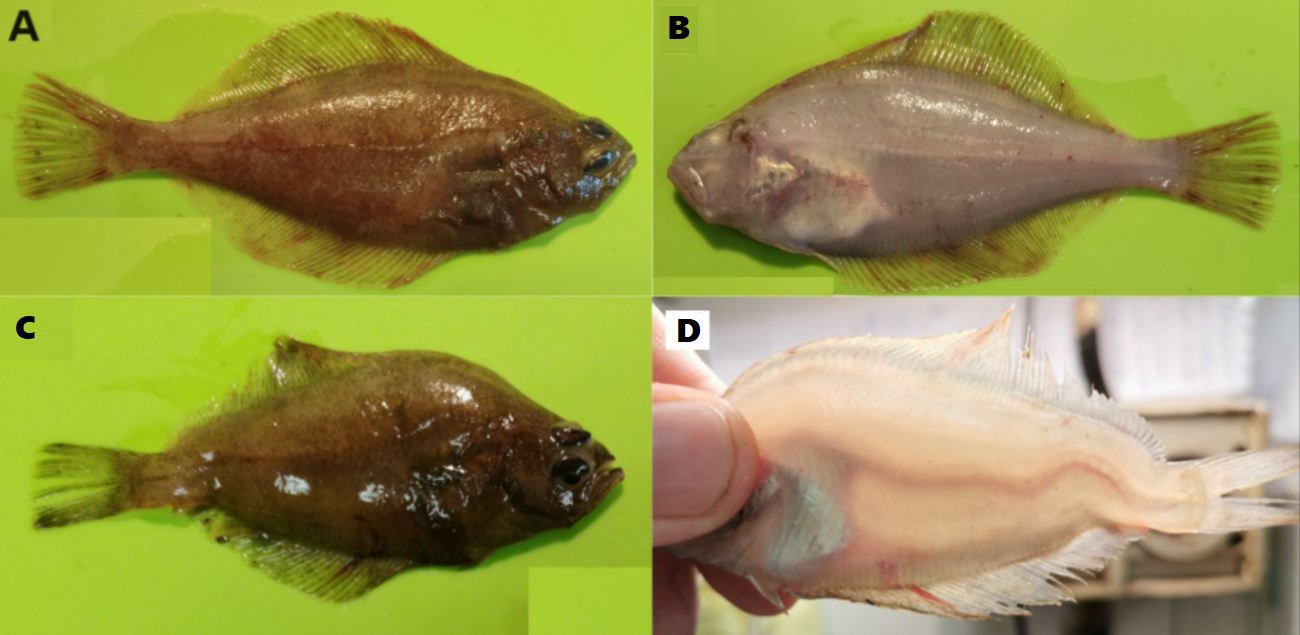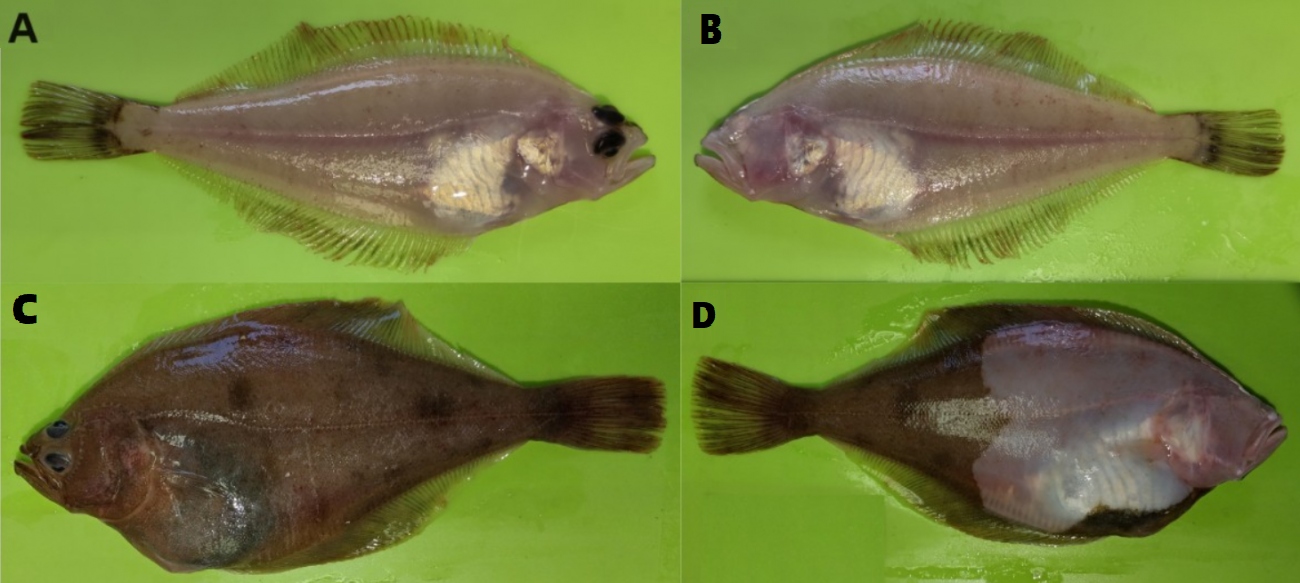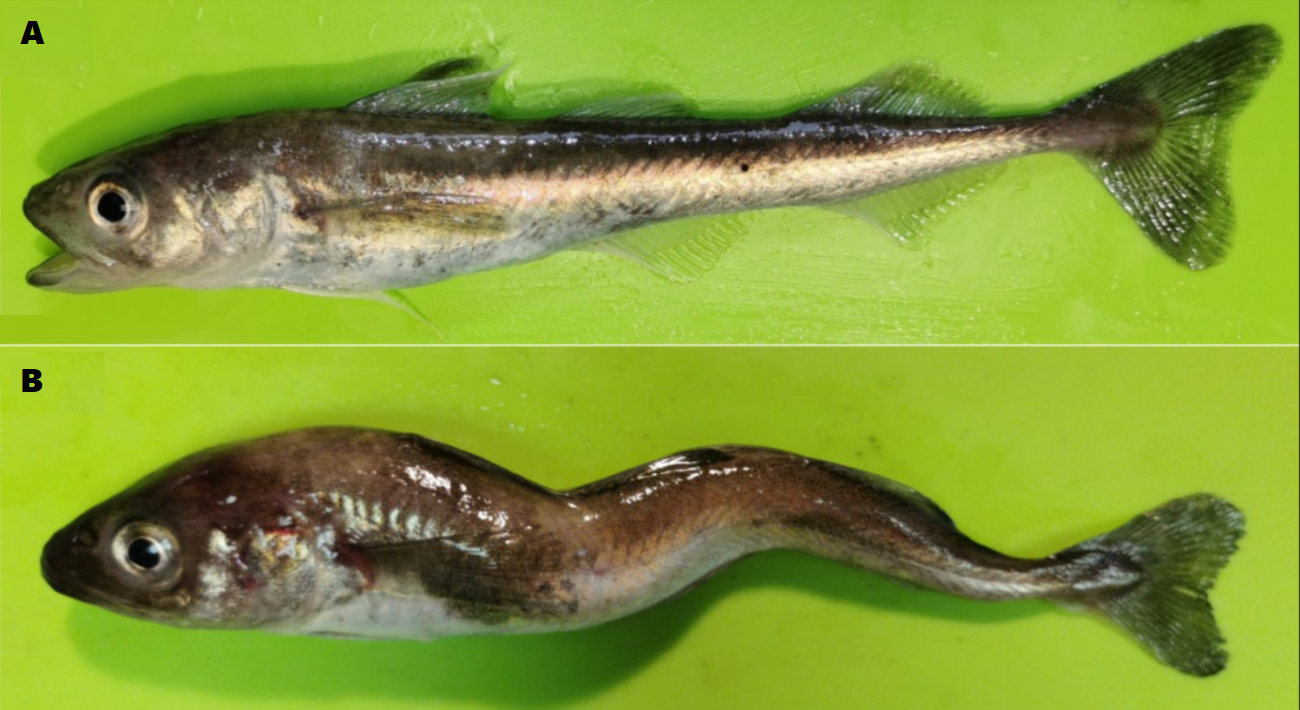
According to Darwin's theory of natural selection, only the most adapted living organisms can survive in the wild, since predators primarily attack weakened or sick animals or those that differ significantly in appearance from their relatives. Therefore, any injury, mutilation, deformity or unusual coloring increases the risk of death of such individuals. External anomalies in fish are varied and include deviations in the development of external organs (eyes, jaws, fins, etc.), deformation and curvature of the body, changes in skin color, reversal of the sides of the body (in flounders), etc. Anomalies of fish living in high-latitude waters have been studied less well compared to other parts of the World Ocean, which is due to the harsh climatic conditions of the Arctic seas, which have long prevented regular scientific research in this region.

The staff of the Institute of Oceanology (IO RAS), the A.N. Severtsov Institute of Ecology and Evolution of the Russian Academy of Sciences (IEE RAS) and the Dagestan University have described for the first time cases of albinism, color changes on the sighted side of the body, reversal of the sides and curvature of the spine in individuals of the Bering Sea halibut Hippoglossoides robustus, as well as individuals of the Arctic cod Boreogadus saida with a deformation of the spine from the western part of the Chukchi Sea.

Anomalies in fish (their nature and frequency of occurrence) can serve as an indicator of the state of the habitat. Anomalies found in Arctic fish can be caused by the influence of pollution, parasites, mechanical impacts or a sharp change in living conditions on individuals in early ontogenesis. Analysis of these reasons showed that the most likely of them is climate change (warming and reduction of ice cover) in the Arctic in recent years.
Published data of the article: Orlov A.M., Rabazanov N.I. 2024. First records of abnormal fishes in the Arctic and possible reasons of the anomalies // Ecologica Montenegrina. V. 78. P. 1-10. https://dx.doi.org/10.37828/em.2024.78.1.
Related materials:
ABN24: "Scientists have found strange fish in the Arctic"
Sterlegrad: "Russian scientists have found strange fish with deformed vertebrae in the Arctic"
TenChat: "Fish with anomalies have been discovered in the Arctic"
Ecology of Russia: "Russian scientists have found fish with anomalies in the Arctic"
RusArgument: "Fish with anomalies have been discovered in the Arctic"
Lenta: "Scientists have found strange crooked fish in the Arctic"
FishNet: "Russian scientists have found fish with anomalies in the Arctic"
Reedus: "Fish with spinal deformities and organ anomalies have been found in the Arctic"
Stay informed: "Scientists have found strange crooked fish in the Arctic"
SMI.Segodnya: "Scientists have discovered fish with an abnormal body structure in the Arctic"
Rambler: "Scientists have found strange crooked fish in the Arctic"
RBK: "Fish with developmental anomalies have been discovered in the Arctic."
LJ: "Wavy spine"
RBK Life: "Fish with developmental anomalies have been discovered in the Arctic"
EcoTourism Expert: "Mutant fish have been discovered in the Arctic"
